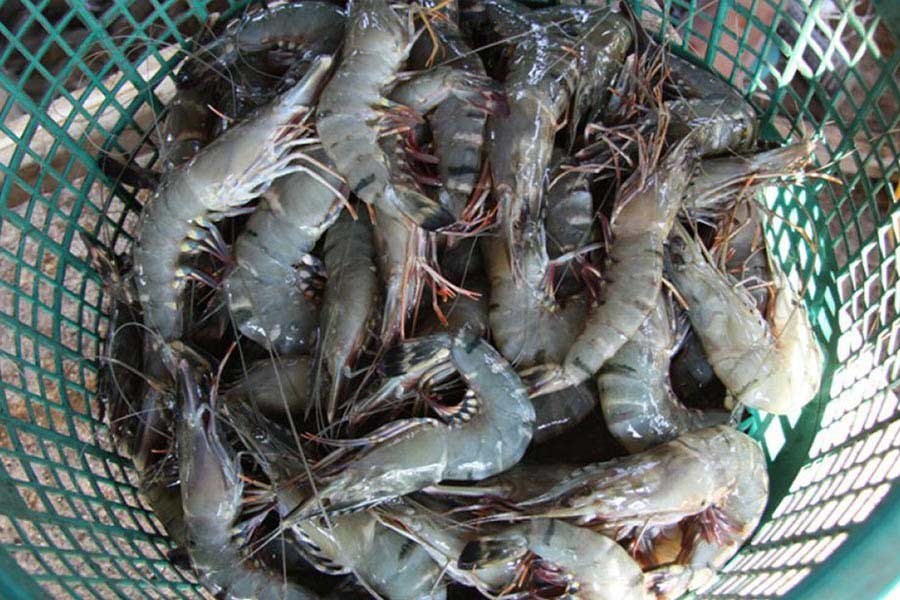Shrimp cultivation is going through a critical phase right now. All because of a virus attack of near epidemic proportion leading to death of shrimps in the enclosures across Satkhira and other areas in the south-west of Bangladesh. Lack of fresh water for hatching and cultivation in unhygienic condition have reportedly been responsible for the widespread virus attack. If the immediate causes are those, shrimp farming has been brought to this moribund state also by a series of missteps, malpractices related to bullying on the one hand and greed, on the other. Highly profitable as shrimp farming was, large farmers used arms-twisting ploys to force small ones to abandon crop cultivation. Then some unscrupulous exporters resorted to insert gel and even iron bars so that their consignments weighed heavier than those actually were. What the exporters did not know is that in Europe any such import is subjected to rigorous inspection including phytosanitary clearance. When frozen foods failed to pass the required business standard, import from Bangladesh was banned.
It took quite some diplomatic forays to convince the European importers that in future the exporters would comply with the regulations set by the European Union (EU). The door to EU nations thus opened but by this time Bangladesh's competitors took advantage of the situation. From then on, export of shrimp from this country could never get back the lost ground fully. Now comes the blight to leave shrimp enclosures as a burial ground for the cultivated crustacean. A district fisheries officer claims that the enclosures have been built unhygienically. What is intriguing here is that farmers cultivating shrimps for three to four decades there are also experiencing virus attack in their enclosures. It cannot be that they are not familiar with the hygienic method of enclosure building or shrimp cultivation.
Something is surely missing here. The report carried in this newspaper is categorical that the bagda of the three varieties cultivated in the enclosures now falls victim to the virus attack. This variety is one of the two - the other being galda - specially raised for export. So, claiming the virus attack on one particular variety on the ground of unhygienic construction of enclosure does not sound highly convincing. In this context the observation of a former president of the District Shrimp Farmers Association may be illuminating. His observation is that when shrimp fry was used to be collected from natural sources, the prevalence of virus disease was very low. There is perhaps need for a closer probe into the matter. The stake is very high. Reportedly shrimp worth Tk 1.0 billion has perished this year because of the virus attack.
Already shrimp cultivation has become only marginally profitable, if any. But this virus attack will economically bleed the farmers on account of the huge losses they will incur. Clearly, there is need for thorough research on the system of shrimp cultivation. Foreign experts came here to maintain the phytosanitary standard in the aftermath of the export ban. This time the disease demands a far extensive exercise for identification of the causes and their remedy. The sooner it is undertaken, the better.


